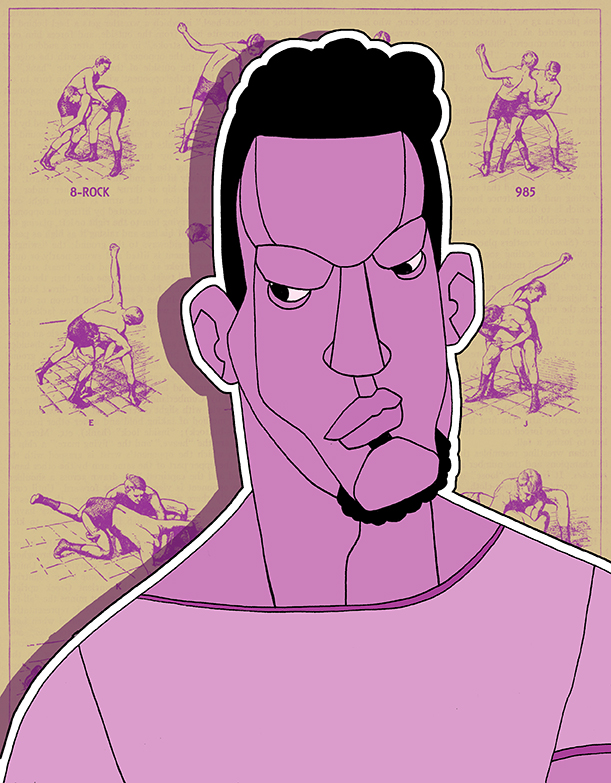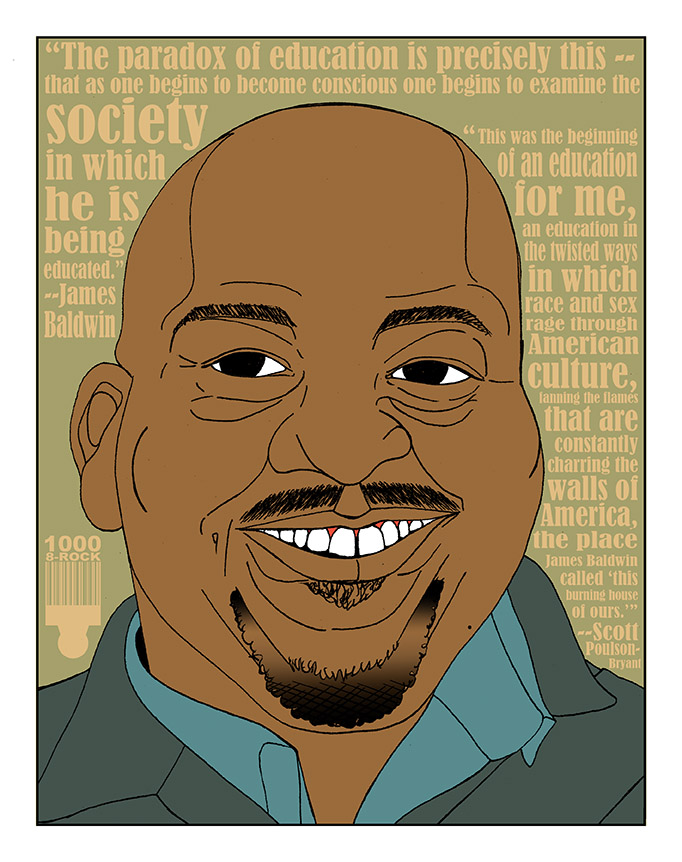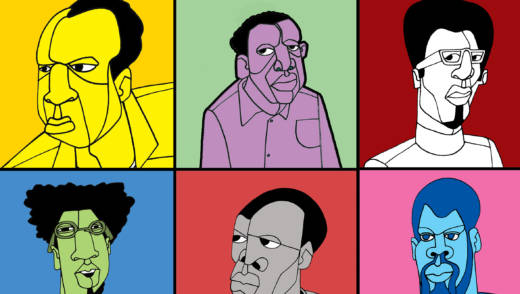The first drawing in Ajuan Mance’s sketchbook-journal-art-project series, 1001 Black Men, is the torso of a shirtless, African-American man — inspired by the men who play basketball on the corner of Brookdale and High in East Oakland. The last is a drawing of her own father.
The project, which took more than six year to complete, began as a collection of thoughts Mance, who’s also a scholar, put together for a talk she gave in 2011. It was inspired, in part, by Elisha Lim, a queer artist behind the series 100 Butches.

The artist set about drawing black men at restaurants, on public transit, and on trips and conferences. “It kind of became a journal of seeing black men,” Mance says. “Instead of writing about what I did everyday, I wrote about the men I saw everyday,” Mance, 50, says.
Mance wanted to know what would happen if she, as a woman, turned her own gaze on men for a change. And she wanted to explore the black male body in particular, because she says society objectifies black male bodies.
Mance says advertisers often use black male bodies in much the same way as women’s bodies. Mance says brands like Ralph Lauren use African-American models to sell cologne and underwear, and that sports media outlets like ESPN and Sports Illustrated tend to show more black men with their shirts off than white men: “People see black men and they don’t even see a person,” Mance says. “They see the meaning that has been placed onto those bodies.”
The project ended up teaching the artist herself some lessons about representation too. Mance says she started out with too much confidence. “I thought, ‘I can draw black men for who they really are,’” she says. “I was full of myself.”

She soon realized the limits of her own experience. Mance says that until she dug into this project, she hadn’t truly been seeing the young men with sagging pants she passed every day on the street. She realized she had drawn a disproportionate number of black men wearing suits and glasses like the men she grew up with, or the men she met in college. With time, she says, she has had to learn to expand her gaze.



